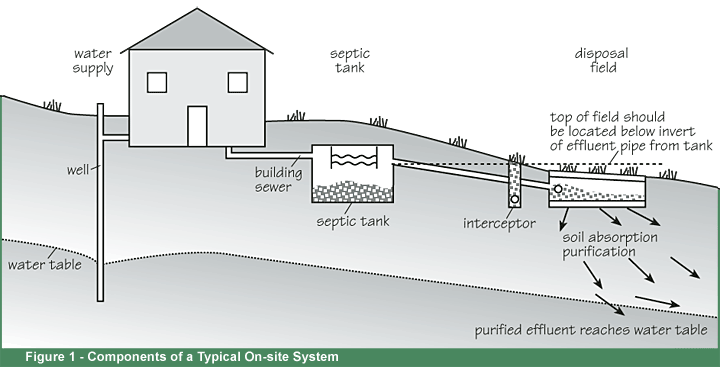When it comes to owning and maintaining a home, one of the most important things to look for is termites. Termites cost homeowners thousands of dollars every year in treatment and repairs. Protect your house and your property by taking steps to prevent termites in your home.
Five Things You Can Do to Prevent Termites in Your Home
Aim Your Sprinkler Heads Away
Make sure your lawn sprinkler system is always pointed away from the foundation of your home. Many species of subterranean termites require moisture. If a sprinkler is pointed towards your home, you are creating the perfect environment for termites.
Crawl Space Maintenance
Crawl spaces should be properly maintained to prevent termites in your home. A good vapor barrier and proper ventilation will keep moisture away from the subfloor and floor joists. Should moisture reach these areas, it leads to damp areas that are perfect for termites to feed on the wood under your home.
Prevent Termites by Maintaining Shrubbery
Another method of preventing termites in your home is to keep any shrubbery trimmed. Allow at least one foot of space between bushes and the exterior of your home. This allows better air flow so that damp areas close to the home will dry out more quickly in the sun.
Don’t Use Mulch
Rather than spreading wood mulch in garden beds next to your home’s foundation, find an alternative like rubber mulch or pine needles. Termites find these materials less appealing than mulch. Surrounding the foundation with gravel is also an option.
Exterior Home Maintenance
Prevent termites in your home by taking the time to conduct proper maintenance on exterior areas such as windows and wooden siding. Repainting when necessary and sealing the wood helps protect the home from termites and other wood-destroying insects.
Prevent costly damage by catching termites early. Dooley Home Inspection offers termite and wood-destroying insect inspections. To request an inspection, contact us.


